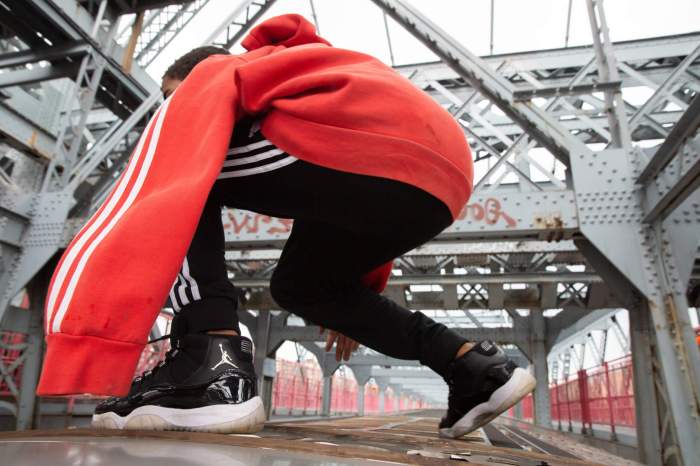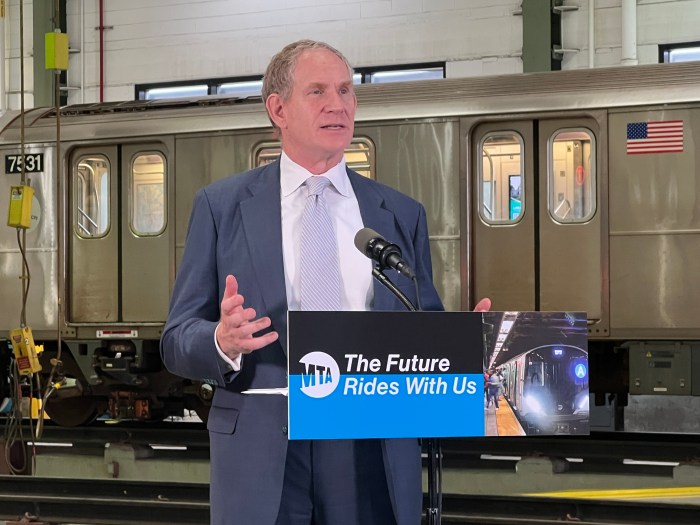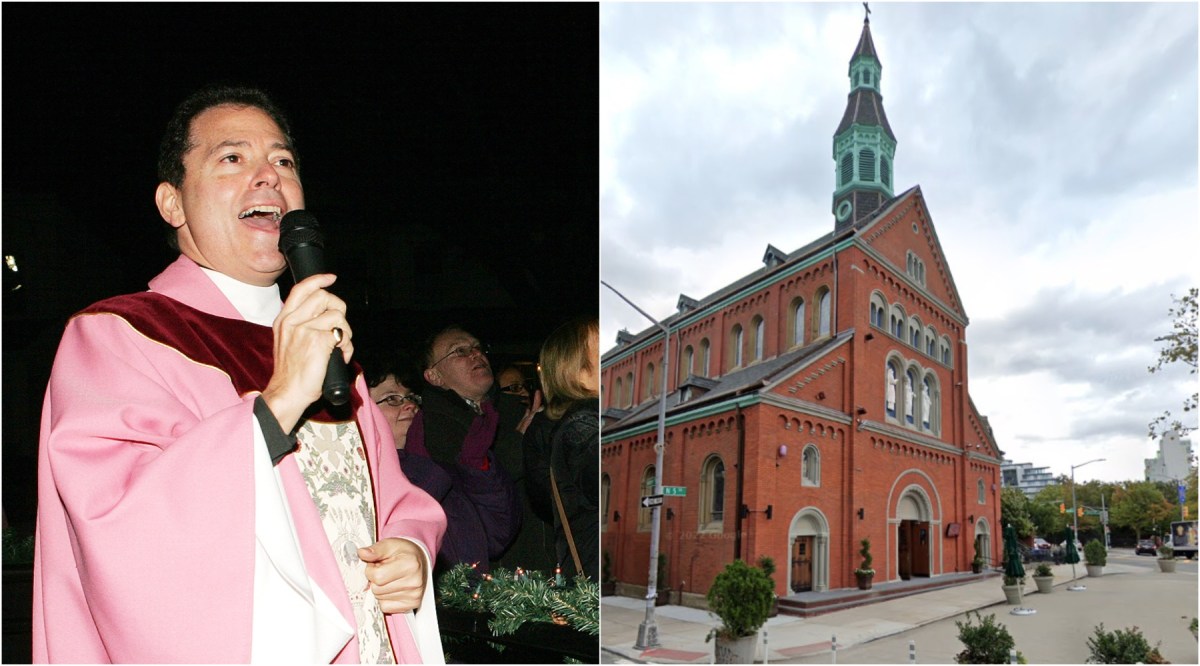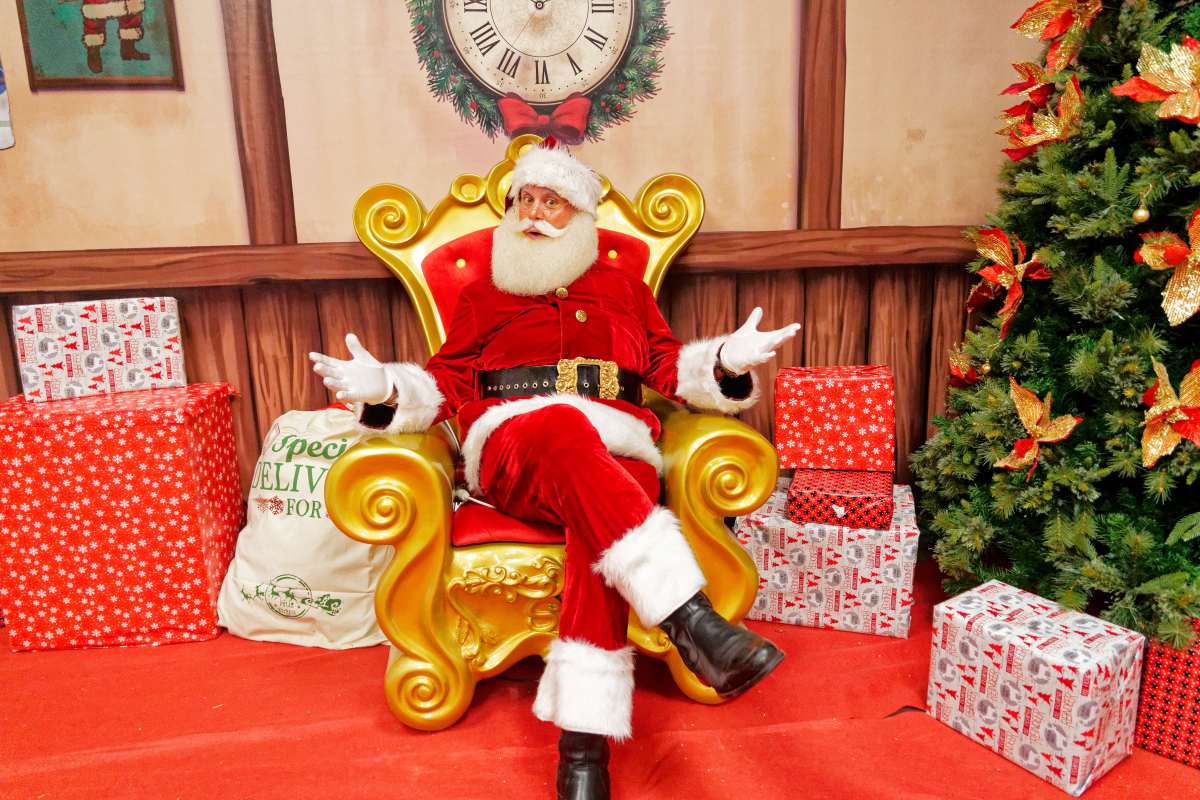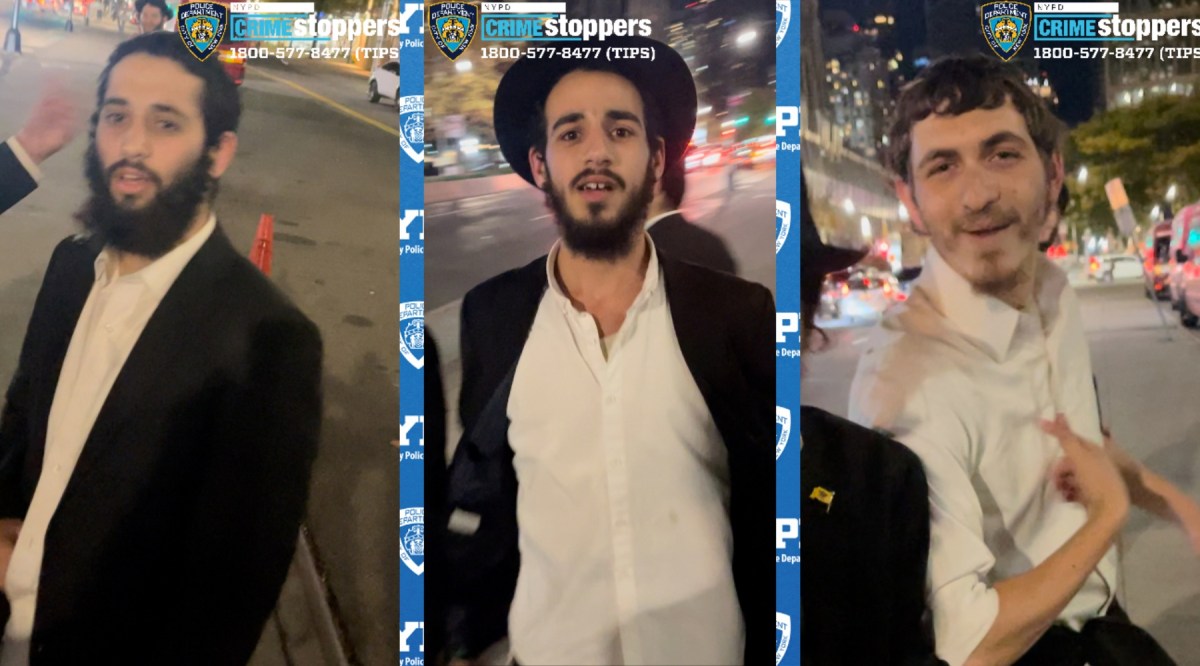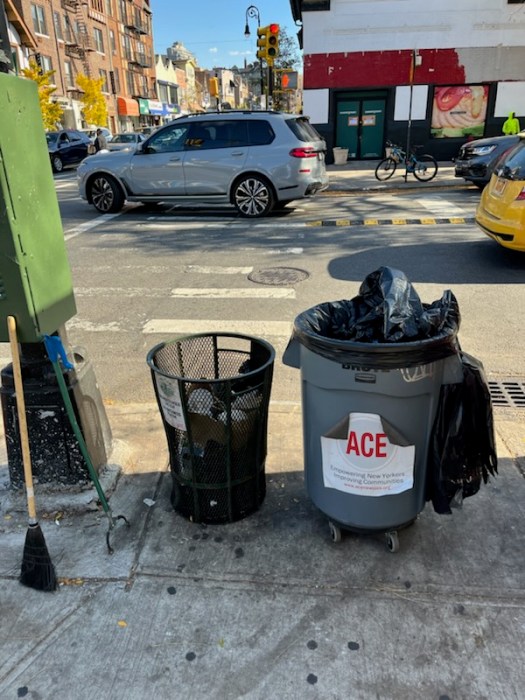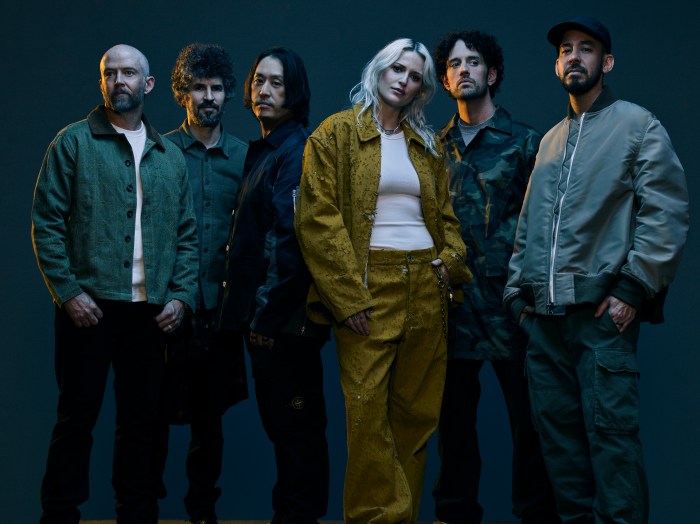
The MTA will be the first to admit: Its communication with riders can be as shoddy as its subway service.
To that end, the MTA plans to launch a new mobile application allowing riders to get real-time information on subways, buses and commuter rails all in one place, according to MTA Chairman Joseph Lhota. The app is still in its early development stages, and sources at the agency said it will be available to the public at some point early next year.
The goal is to unite elements of the agency’s current mobile apps, which include Subway Time, Bus Time and the Weekender, in one place, part of a larger initiative from Lhota to give riders more easily accessible information about their commutes. The app falls under a facet of Lhota’s $836 million Subway Action Plan to reverse a trend of soaring delays and disruptive outages during rush hour.
“There’s no doubt we need to completely change how we communicate with our customers and need to do it more frequently and more clearly,” Lhota said in an interview with amNewYork. “So that in the event that we have some kind of disruption in service, there are different ways in which our customers can find a different route.”
Along with the new app, the MTA has revamped signage that appears in stations to inform riders more clearly about planned outages and service alternatives. It’s also transitioning away from prerecorded announcements on subway cars, opting for more specific, live announcements.
East Village resident Jerald Torregosa said he was one of many riders who realized that during delays, the MTA simply just wasn’t telling the truth.
“I did notice the announcements — before they had these gimmicks: ‘train traffic ahead’ or ‘sick passenger,’ ” he said. “It’s good to be a little more transparent sometimes.”
To riders who have suffered through major disruptions and outages, like Geraldo Petree, the agency still has a long way to go. Petree said he was stuck in August in a stalled D train for more than an hour before he heard someone come over the loudspeaker with a service update.
“There was an issue and they had to use a rescue train to come and get us out,” Petree said. “We all had to walk to the last car of our train to move to the rescue train, and we did not hear any announcements for almost an hour and a half while we were waiting.
“It would have been nice for our peace of mind,” he added. “There were people who had to get home to take an insulin shot or see their loved ones.”
Riders seem split on the new station signage, which posts detailed service changes, including travel alternatives and benefits that will stem from the disruption. Riders either view it as refreshing or overwhelming. To David Shaw, an artist living in Sunset Park, Brooklyn, it can be completely useless.
“There are signs posted that are days or weeks old. If they’re not changed in a timely matter, they are irrelevant,” Shaw said, “and you won’t realize it unless you go up and read the fine print.”
Shams Tarek, an MTA spokesman, said many of these new efforts are still being tweaked or worked through. Announcements on platforms and social media also are being refined to be more informative.
The MTA is also sticking to its plan to introduce countdown clocks to all remaining lettered lines by the end of the year. The placement of some of these clocks has puzzled riders, however.
“Sometimes I feel like you’re lost down here because of the lack of information,” said Martin Askerneese, a Pennsylvania salesman who often travels to the city for business. He said he’d appreciate more service details before heading below ground.
“Some stations have signs outside with train times,” he said. “But it’s the privileged areas of the city that have them.”
Since returning to the MTA, Lhota aggressively has pitched the Subway Time app as a “countdown clock in your pocket.” He insisted the data in the app was accurate, though he admitted the app could be clunky or perform poorly.
“We’re in the process of updating our app and combining apps where you’ll be able to plug in an address, where you’re located, and it’ll give you various different routes,” Lhota said. “It’ll also be incorporated with the Long Island Rail Road and Metro-North.”
Many riders amNewYork interviewed weren’t aware of Subway Time, or they favored private-sector travel apps like Google Maps or Citymapper, which take advantage of the MTA’s publicly available data.
Sara Kaufman, assistant director at the Rudin Center for Transportation Policy and Management, said the MTA never will be able to compete with Google or Apple Maps and should focus on creating an app with unique offerings, like wayfinding for people with disabilities, or complaint log and lost-and-found sections.
“I wonder if the MTA needs such a heavyweight app when it’s putting out the data and private-sector apps have taken off,” she said. “What it does have is specialized information.”




